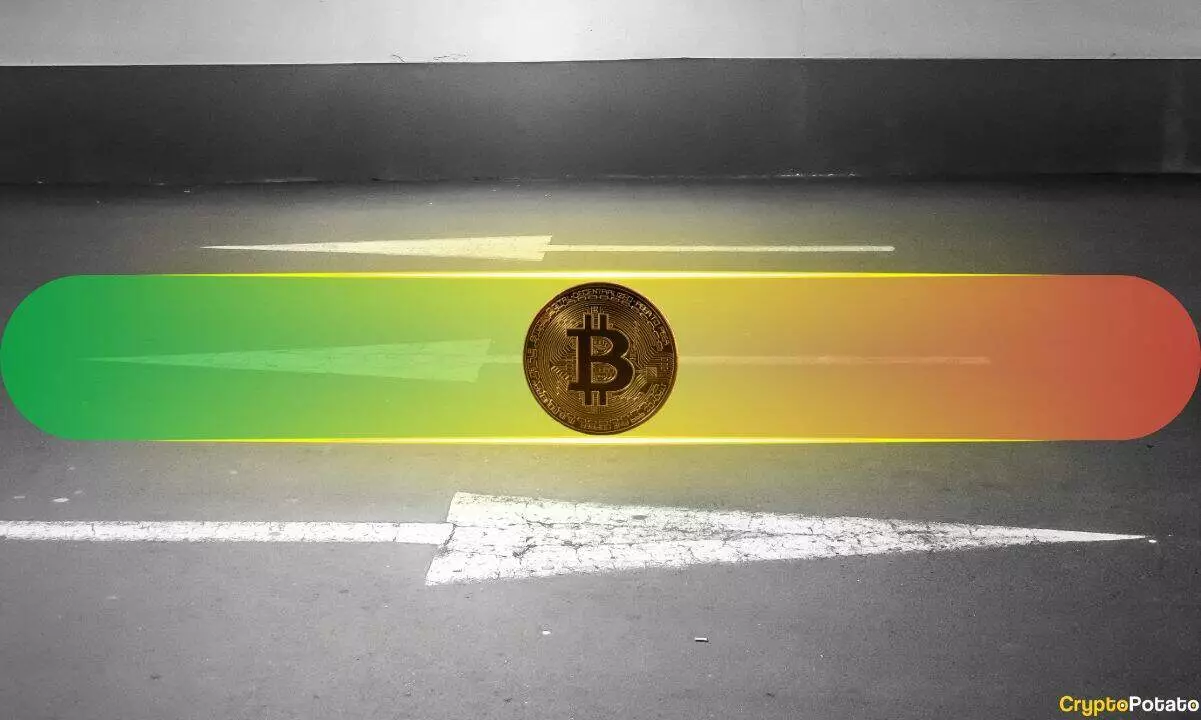In recent weeks, Bitcoin (BTC) has demonstrated noteworthy resilience amidst fluctuations, primarily attributed to robust activity on the spot market. The dynamics at play reflect a favorable environment for Bitcoin’s price trajectory, driven largely by increased investor engagement across sectors. As momentum builds, we delve into the interplay of spot market activities and external economic factors that could significantly influence the crypto landscape.
A pivotal report from Bitfinex Alpha has shed light on the impact of ongoing spot market activities. As retail and institutional investments surge, Bitcoin has manifested bullish momentum, suggesting that investors are increasingly confident in the asset’s future. This sentiment is evidenced by rising inflows into Bitcoin exchange-traded funds (ETFs) in the United States, highlighting a shift in market perception, where traditional investors are beginning to see the merit in cryptocurrency investments.
The Spot Cumulative Volume Delta (CVD)—a crucial metric that encapsulates the net volume of buy versus sell orders—has underscored this positivity. Since the price plummet below $53,000 in early September, Bitcoin’s increasing CVD has reaffirmed the strength of its rally. Notably, the enhancement in CVD is primarily driven by spot market transactions rather than futures or perpetual contracts, pointing to a more grounded support base for price shifts, as transactions are capital-driven rather than speculative.
Despite the bullish momentum, Bitcoin currently faces a significant challenge at the $60,500-$61,000 resistance level. Analysts express caution as this price threshold has been instrumental in the market’s behavior since March. The apprehension arises not only from potential price consolidation but also from a notable plateau in spot CVD levels amidst rising prices. Bitfinex highlights the possibility of a correction triggered by a de-risking event related to the Federal Open Market Committee (FOMC) meeting. Historical trends suggest that market reactions following rate cuts typically introduce volatility, often leading to sell-offs in associated risk assets.
The upcoming FOMC meeting presents an uncertain environment where Bitcoin’s energy could teeter between bullish enthusiasm and cautious retreat. Should the Federal Reserve choose to implement either a 25 or 50 basis point rate cut, market structures might react in unpredictable ways. Investors could oscillate between de-risking strategies and embracing the bullish narrative surrounding Bitcoin’s recent strength. The situation becomes further complex with the observed 14% increase in total Bitcoin Open Interest across perpetual trading pairs, reflecting speculative interest that could exacerbate volatility.
Ultimately, Bitcoin’s ongoing rally presents both opportunities and challenges. While the current market momentum is bolstered by strong spot market activity, significant hurdles lay ahead. Investors must remain vigilant, balancing confidence in the asset’s intrinsic value against the potential for swift market corrections driven by external economic influences. The convergence of rising investments, resistance levels, and Federal monetary policy presents a complex landscape, suggesting that while Bitcoin may surge, it walks a tightrope fraught with uncertainties.















Leave a Reply